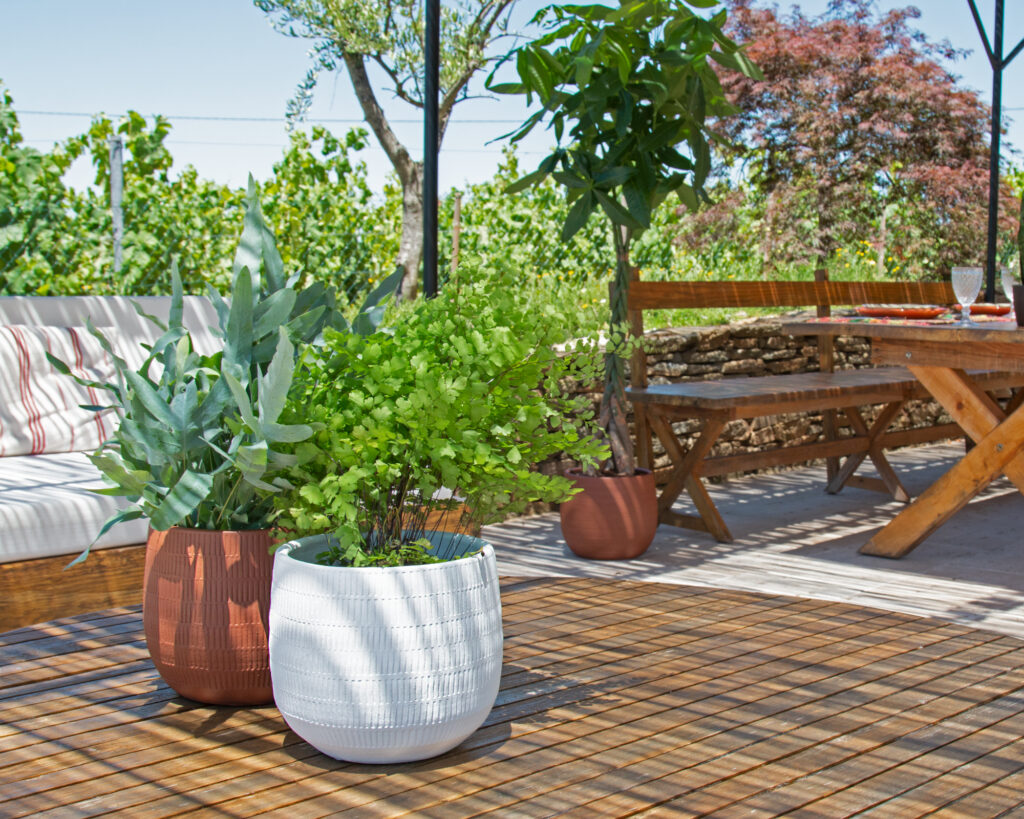Your cart is currently empty!
Succulent Care Mistakes: Common Mistakes to Avoid
Understanding Succulent Care Mistakes
Succulent care mistakes can be surprisingly easy to make, especially for new plant owners. These hardy plants are known for being low-maintenance, but that doesn’t mean they don’t have specific needs. One wrong move—like overwatering or using the wrong soil—can turn a healthy succulent into a shriveled or rotting mess.
Whether your succulents live on a sunny windowsill in Brussels or a shaded terrace in Rotterdam, the key to success lies in avoiding the most frequent errors. In this guide, we’ll walk you through those common pitfalls and show you how to create the perfect conditions for your plants to thrive.

Overwatering:
Why Succulents Don’t Like Wet Feet
Succulents are adapted to dry environments. Their fleshy leaves store water, allowing them to go for days—sometimes weeks—without a drink. Overwatering is the most common succulent care mistake because it often feels counterintuitive.
How to Water Succulents Correctly
-
Wait until the soil is bone dry before watering.
-
Use pots with proper drainage holes.
-
Water deeply but infrequently.
-
Reduce watering during colder months.
Wrong Soil Choices: Trapping Too Much Moisture
Drainage Matters More Than You Think
Using standard potting mix is a common error that leads to poor drainage. Succulents require fast-draining soil to mimic their native habitats.
Soil Tips for Healthy Succulents
-
Choose cactus or succulent-specific soil.
-
Mix in coarse sand or perlite for airflow.
-
Avoid soil mixes high in peat or compost.
Insufficient Light: Starving Your Succulents
Not All Light Is Equal
Succulents love light, but not just any light. Indoor environments in Belgium or the Netherlands often lack the intensity they need, especially during winter.
Getting the Lighting Right
-
Place plants near south- or east-facing windows.
-
Rotate plants regularly to prevent leaning.
-
Consider grow lights in darker months.
-
Watch for signs like stretching or faded color.
Ignoring Temperature Sensitivity
Belgian Winters and Succulent Stress
Succulents prefer stable, warm conditions. Leaving them in cold drafts or on radiators can shock them.
Protecting Your Plants
-
Keep temperatures between 18°C–24°C indoors.
-
Bring outdoor plants in before temperatures drop.
-
Avoid placing them near heaters or air conditioners.
Choosing Decorative Over Functional Pots
Looks Aren’t Everything
It’s tempting to use stylish pots, but without drainage, you risk waterlogged roots—a silent killer in succulent care.
Smart Pot Choices
-
Use breathable pots like terracotta or clay.
-
Ensure each pot has a drainage hole.
-
Avoid sealed glass containers unless for short-term use.
Overcrowding: Too Many Plants in One Pot
Succulents Need Elbow Room
Planting succulents too close together leads to poor airflow, root competition, and increased risk of disease.
Spacing Tips
-
Leave room for air and growth between plants.
-
Repot arrangements as they expand.
-
Use wider containers for aesthetic yet healthy groupings.
Neglecting Seasonal Adjustments
One Routine Doesn’t Fit All Seasons
What works in spring might harm your plant in winter. Succulents follow natural growth cycles and require adjustments in care.
Adapt Care to the Season
-
Cut back watering in winter.
-
Resume feeding and watering in early spring.
-
Provide extra light in the darker months.
Forgetting to Feed the Plant
Minimalist Doesn’t Mean Zero Nutrition
Though low-maintenance, succulents still need nutrients to thrive. Skipping fertilizer is another often-overlooked succulent care mistake.
Feeding Guidelines
-
Fertilize once a month in spring and summer.
-
Use a diluted, balanced fertilizer.
-
Do not fertilize during dormancy in winter.
Misidentifying the Plant Type
Each Succulent Is Unique
Different species have different needs. Treating a shade-loving Haworthia the same as a sun-thirsty Echeveria won’t yield good results.
Know What You’re Growing
-
Identify your plant’s species or family.
-
Read up on care needs before creating a routine.
-
Keep similar types together for easier maintenance.
Ignoring Warning Signs of Stress
Your Succulent Is Communicating
Yellowing leaves, black spots, or extreme stretching are often signs your plant is in distress.
Signs to Watch For
-
Mushy stems = Overwatering
-
Stretching toward light = Insufficient light
-
Crispy leaf tips = Underwatering or sunburn
Succulent Care Mistakes Specific to Belgium and the Netherlands
Adapting to Local Conditions
Our climate presents some unique challenges—frequent rain, limited winter sunlight, and indoor heating. These factors affect how succulents grow and survive.
Local Tips
-
Use grow lights to supplement winter sunlight.
-
Avoid letting rainwater accumulate in pots.
-
Increase humidity slightly in centrally heated rooms.
Where to Buy Healthy Succulents in Belgium and the Netherlands
For plant lovers looking for high-quality, climate-appropriate succulents, Succulux.be is your top choice. As the best online platform in Belgium and the Netherlands, Succulux.be offers:
-
A curated selection of hardy, beautiful succulents
-
Expert care tips and detailed plant descriptions
-
Fast and secure delivery across the region
Whether you’re just starting or expanding your collection, Succulux.be ensures you receive healthy, vibrant plants tailored to our local environment.
Conclusion: Build a Better Routine by Avoiding These Mistakes
Caring for succulents isn’t just about watering occasionally—it’s about understanding the nuances of their needs. From avoiding overwatering to choosing the right soil, lighting, and seasonal care, each step counts. By steering clear of these succulent care mistakes, you’ll enjoy robust, thriving plants that bring natural beauty into your space.
When you’re ready to add more healthy, resilient succulents to your home or office, Succulux.be is the partner you can trust.
Leave a Reply